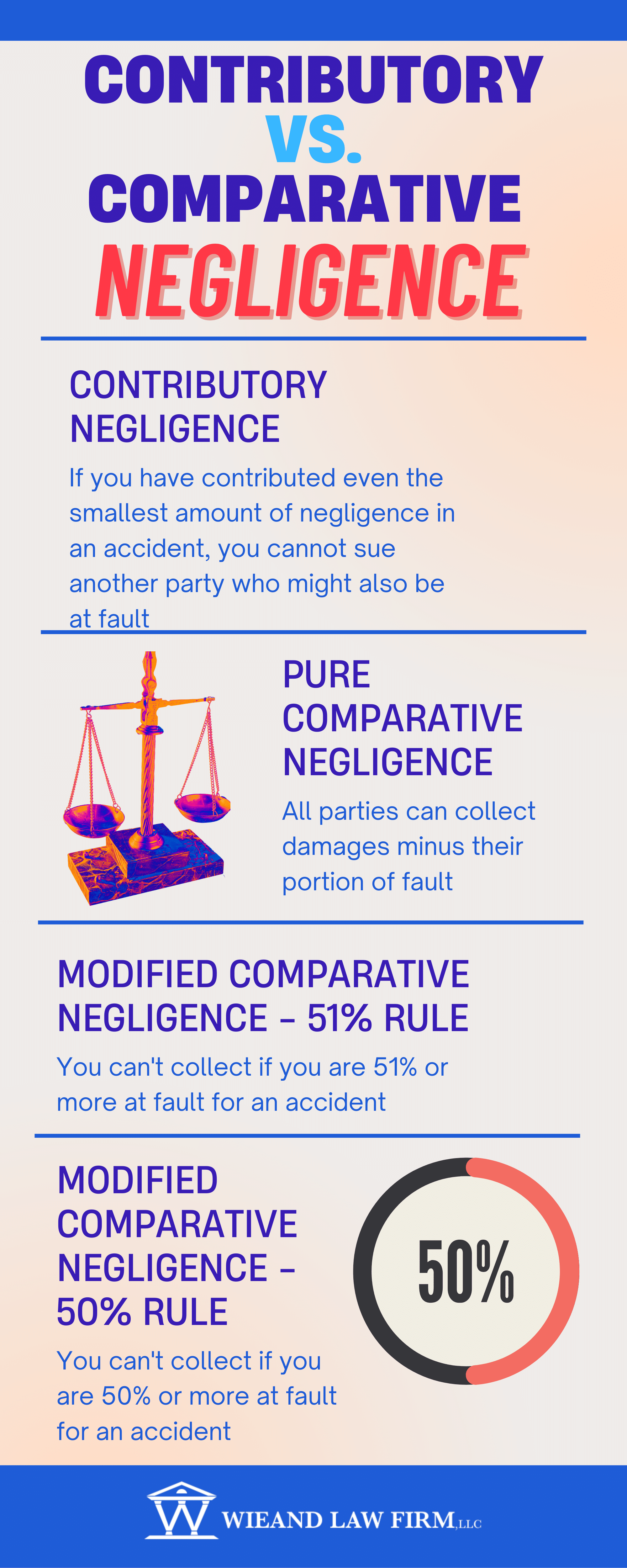 With summer weather on the horizon, many Pennsylvanians will look to cool off at a community swimming pool or enjoy some backyard pool fun. Sadly, these experiences can turn tragic when property owner negligence results in a swimming pool accident. On March 11th, a verdict was achieved by the plaintiff’s attorneys in the case of Fraser v. O’Black. This case centered on a young man who suffered a paralysis injury from a swimming pool accident. Additionally, this case is an example of how comparative negligence in Pennsylvania allows victims to seek compensation for their injuries, even if they were partially liable for the accident.
With summer weather on the horizon, many Pennsylvanians will look to cool off at a community swimming pool or enjoy some backyard pool fun. Sadly, these experiences can turn tragic when property owner negligence results in a swimming pool accident. On March 11th, a verdict was achieved by the plaintiff’s attorneys in the case of Fraser v. O’Black. This case centered on a young man who suffered a paralysis injury from a swimming pool accident. Additionally, this case is an example of how comparative negligence in Pennsylvania allows victims to seek compensation for their injuries, even if they were partially liable for the accident.
In this case, the jury provided a $19 million verdict against property owners that resulted in the plaintiff’s paralysis from a swimming pool accident.
During the trial, the defense argued that the plaintiff was significantly at fault for the swimming pool accident. They claimed that Fraser safely landed on a raft, provided by the O’Blacks’, following a friend’s dare. He then proceeded to attempt a flip into the shallow end of the pool. The defense stated that the defendants were not at the pool at the time of the accident, gave no permission for Fraser to attempt the flip, and had no opportunity to prevent the events leading to Mr. Fraser’s injury.
Oppositely, the plaintiff’s argued that the defendants failed to provide supervision, warn guests of potential dangers, and negligently provided the raft, which was not intended for use in a swimming pool.
Contributory vs. Comparative Negligence Laws
States differ in their laws that determine if plaintiffs can recover damages based on their role in causing the accident. There are a handful of states that operate under contributory negligence rules. In these states, a plaintiff who is even slightly at fault for the accident is unable to collect damages for their injuries from other potentially responsible parties.
Most states allow plaintiffs to recover at least partial damages based on their percentage of fault for the accident. In a pure comparative negligence state, parties can collect damages minus their portion of fault. Other states operate under modified comparative negligence rules that only allow compensation if the plaintiff is less than a certain percent at fault for an accident. Some states operate under a 50% modified comparative negligence rule, whereby plaintiffs can’t collect if they are 50% or more at fault.
Comparative Negligence Laws in Pennsylvania
Pennsylvania follows a modified comparative negligence 51% rule, which allows plaintiffs to obtain compensation if they are less than 51% percent at fault for the accident. Pennsylvania’s laws about comparative negligence are in 42 Pa C.S.A. §7102
In the case of Fraser v O’Black, the jury found that the plaintiff was 30% negligent for the swimming pool accident, but that 70% of the liability fell onto the defendants.
Comparative negligence rules in Pennsylvania allow Fraser to collect damages for his injury but reduce the total verdict amount by the percentage that the plaintiff was found liable for the accident. Therefore, Fraser will be allowed to collect $13.3 million of the $19 million verdict, deducting 30% for his fault in causing the swimming pool accident.
This verdict exceeds any civil verdict in Westmoreland County on record. The plaintiff’s attorney surmised that the jury sympathized with the significant efforts that Fraser’s family has taken to care for Fraser as a quadriplegic following the swimming pool accident.
Contact a swimming pool accident lawyer at the Wieand Law Firm, LLC
If you have questions about your ability to seek damages after a swimming pool accident, contact the Philadelphia personal injury lawyers at the Wieand Law Firm. Our lawyers have experience in these types of personal injury cases and can advise you how comparative negligence may impact your case. Call us today at 215-666-7777 or send a message via the online form to speak directly with an attorney.